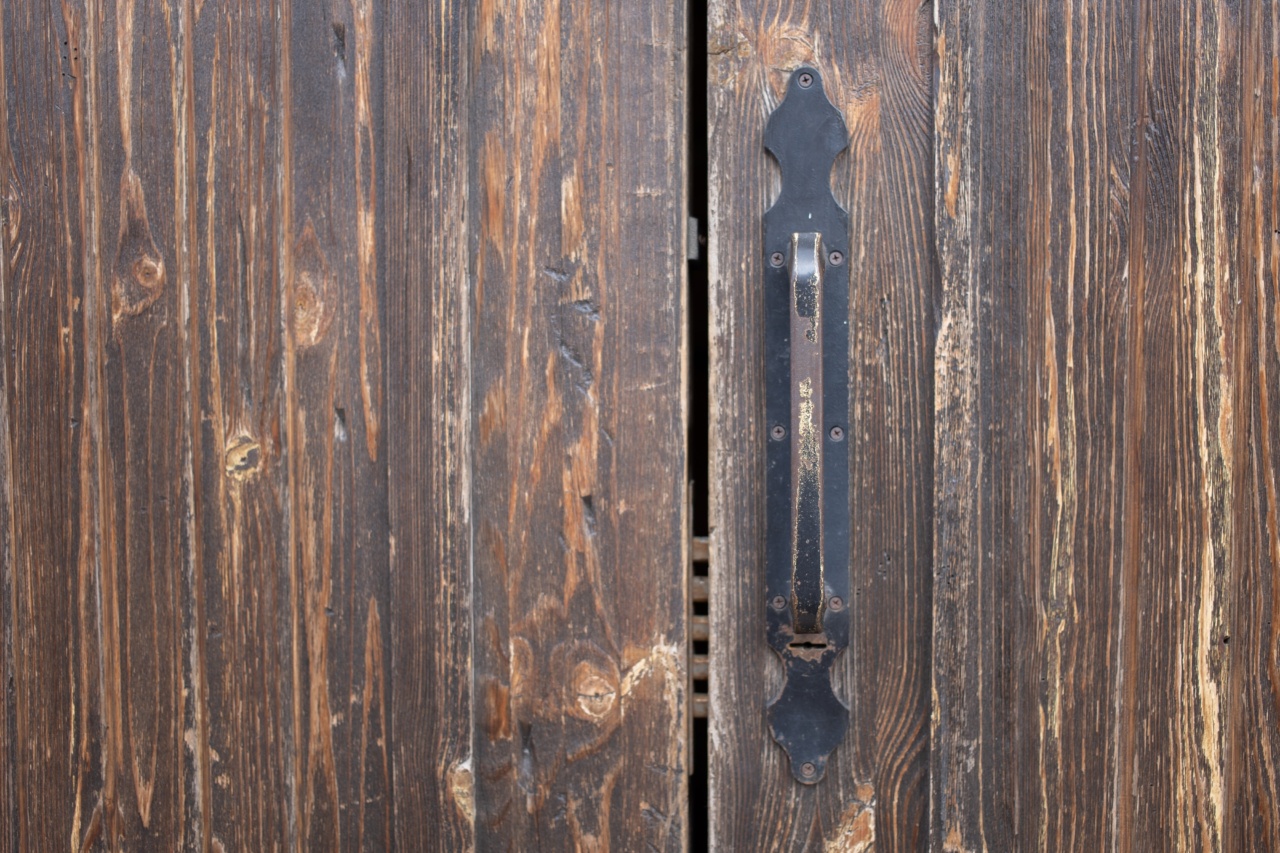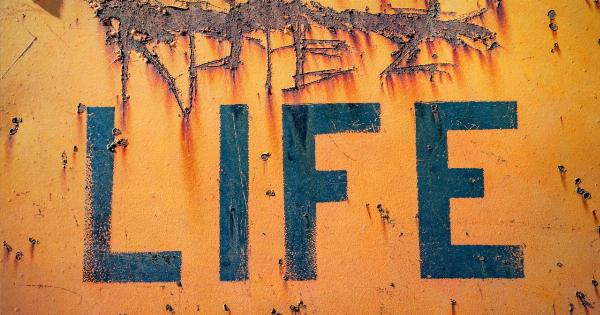Natural disasters can be devastating to both people and property. From hurricanes and tornadoes to floods and wildfires, no region is completely safe from the wrath of nature.
However, by taking a few preemptive measures, you can protect your property and increase your odds of coming out of a natural disaster unscathed.
1. Invest in Insurance
The first and most important step in protecting your property from natural disasters is to invest in insurance. Homeowners’ insurance typically covers damage caused by natural disasters like hurricanes, tornadoes, and fires.
Flood and earthquake insurance are additional options to consider if you live in an area prone to those hazards.
Make sure you read and understand the terms of your insurance policy, including any deductibles and coverage limits.
Some policies may only pay for partial damage, and it’s essential to know what out-of-pocket expenses you might be responsible for in the event of a natural disaster.
2. Keep Your Trees and Landscaping Maintained
Trees and landscaping can add value and beauty to your property, but uncontrolled growth can pose a hazard during a natural disaster.
Overhanging branches and untrimmed shrubs can create wind resistance, which can cause damage to your property during a storm. Trees with shallow roots can quickly fall over and create a domino effect with neighboring trees, leading to significant damage.
Inspect your trees and landscaping regularly, and keep them pruned and trimmed to prevent unnecessary hazards. Consult with an arborist if you have any concerns, and consider removing any trees or branches that pose a significant risk to your property.
3. Secure Your Home
Despite your best efforts, natural disasters can still cause damage to your property. However, securing your home can minimize the harm and keep you and your family safe during the event.
Make sure your roof and windows are secure, and consider installing storm shutters to prevent wind-driven debris from breaking your windows.
Seal any openings where water could enter your home, and consider installing a sump pump to help remove any water that might accumulate during a flood.
Reinforce your garage doors to prevent them from blowing in during a storm, and secure any outdoor furniture and other objects that could become dangerous projectiles in high winds.
4. Make Sure Your Home’s Foundation is Secure
Your home’s foundation is an essential element of your property that can be vulnerable during a natural disaster.
Depending on where you live, the foundation may need to support not only the structure of your home but also the additional weight of snow, wind, or water.
Have your foundation inspected regularly and promptly repair any cracks or other signs of damage.
Install a sump pump and drainage system as needed, and make sure the foundation is properly anchored to prevent it from shifting during an earthquake or other natural disasters that involve shaking.
5. Create an Emergency Plan
Even with all the preparation, natural disasters can still take you by surprise. That’s why it’s essential to have an emergency plan in place before a disaster strikes.
Create an evacuation plan and identify exit routes from your home. Make sure each member of your family knows what to do in case of a disaster, and designate a safe meeting place once everyone is safe.
Keep important documents like insurance policies and identification in a waterproof, fireproof safe or offsite storage for easy access in an emergency.
6. Have Essential Supplies on Hand
Disasters can be sudden, leaving you with no time to shop for supplies. To be prepared, make sure you have essential supplies on hand before a disaster strikes.
This includes an emergency first aid kit, a stockpile of non-perishable food and clean water, flashlights and batteries, and a portable battery-operated radio.
Consider stocking up on pet food and supplies if you have pets and make sure your car has a full tank of gas.
7. Stay Informed
Weather conditions can change quickly, and it’s essential to stay informed about potential weather hazards. Keep an eye on local weather reports, and sign up for alerts from your local emergency management agency.
Stay connected with neighbors and stay informed about community evacuation plans and shelters.
8. Consider Retrofitting Your Home
If you live in an area that is prone to natural disasters, consider retrofitting your home to increase its resilience.
This may include reinforcing the roof, walls, and foundation to prevent damage during a storm, and installing seismic retrofits if you live in an earthquake-prone area.
Consult with a professional contractor to assess your home’s vulnerabilities and to identify solutions that fit your budget.
Many governments and private organizations offer grants and incentives for homeowners who retrofit their homes for natural disaster resilience.
9. Be Prepared for After the Disaster
After the disaster has occurred, your property may still be at risk. Be sure to wear protective gear like gloves and boots as you clean up debris and other hazards.
Have a plan in place for how to dispose of any hazardous waste, and contact your insurance agency as soon as possible to report any damage. Take pictures of the damage, and keep track of any expenses you incur as you repair and rebuild your property.
10. Don’t Wait Until It’s Too Late
Procrastination is the worst enemy of natural disaster preparedness. Don’t wait until the last minute to put a plan in place or to make important home improvements.
Review your insurance policies, inspect your property regularly, and keep essential supplies on hand at all times.
By taking proactive measures, you can significantly increase your odds of protecting your property and minimizing the damage caused by natural disasters.



























